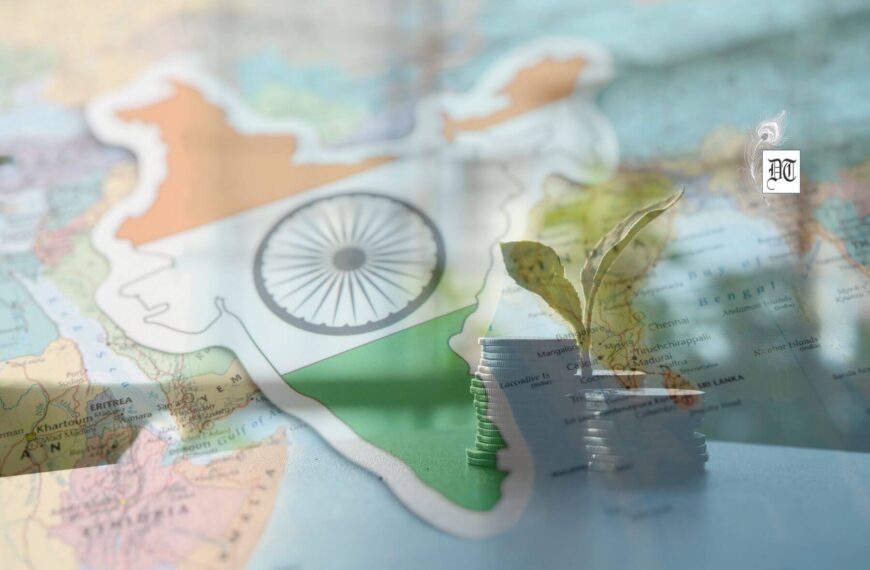In this article, Pradipta talks about India’s liberalisation, its benefits to the country and people. The opening up of the India’s economy brought about a paradigm shift. The reforms did away with the License Raj, reduced tariffs and interest rates and ended many public monopolies, allowing automatic approval of Foreign Direct Investments in many sectors. The author revisits the opening of the Indian economy and sees hope in future.
Economic liberalisation seemed a far cry in India. The government was not ready to the dismantling of government control over the economy, opening up Indian markets to foreign investment, cutting trade tariffs, devaluing the rupee, the government broke down, in one go, the walls between the sluggish, protected economy of socialist India and the rest of the world. Benefits of this were many. Few of these were:
Few of these were:
- GDP growth rate
- industrial growth rate
- Creation of more jobs
- Ease of setting up new business
- Consumer having more choices of goods, services.
Indian economic policy after independence followed a socialist policy, wherein the government controlled most of the sectors. Policy tended towards protectionism. Before the process of reform began, in 1991, the government attempted to close the Indian economy to the outside world. For setting up any business or expanding a current business there was approvals and paperwork from a plethora of agencies, government departments, which had to be met before moving forward. There was the high tariff on import of any foreign goods and Indian currency being inconvertible making it difficult for foreign goods to reach the market. There were many problems because of the stunted growth in Indian economy.
Some of my personal experience during the pre-liberalisation, when I recollect, makes me realise today that we definitely come a long way from those days.
To give a simple example, I remember that in the 1980’s my father who was in a government position had applied for a telephone line (there were no cell phones in India those days) for our house. It took nearly three years before the phone ring could be heard. Such was the things living in India like we were used to delays and problems for doing simple things.
Another funny experience was that I had gone to open a new bank account for my wife in a public sector bank where I already had an account. They turned it down stating that their computer hard drive space was full and then could not afford any new account. So how did this change happen and start?
A Balance of Payments crisis, in 1991, pushed the country to near bankruptcy. In response, the then Prime Minister Narasimha Rao, along with his finance minister Manmohan Singh, initiated the economic liberalisation of 1991. Since then successive governments have made the contribution to the ongoing economic liberalisation.
What next?
India definitely has a bright future. There are roadblocks as always like corruption, poverty, inefficiency, outdated thinking of some people, policy paralysis and bureaucracy still rampant in the country.
But there is alway light at the end of the tunnel. The reforms that began in 1991 still needs a lot of work to be done. They freed markets for products so that vibrant competition reigns from shampoo to ringtones. At the same time, what economists call factor markets—those for basic inputs like land, power, labour and to a lesser extent capital—remain less reformed and under more state influence.
Economic reform is a continuing process and not a one-time action. The good news is that the overall GDP story is expected to stay intact in the future and India has been one of the fastest growing economies in the world.
©Pradipta Roy
Pix from the Net.







 By
By

 By
By
 By
By